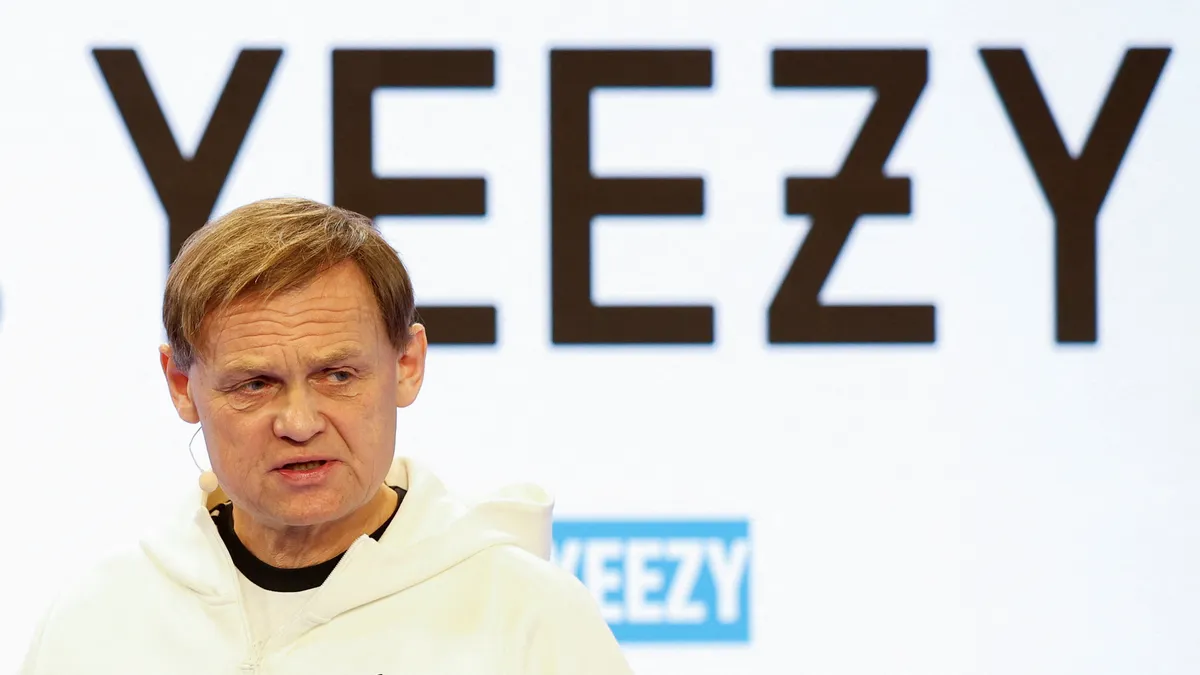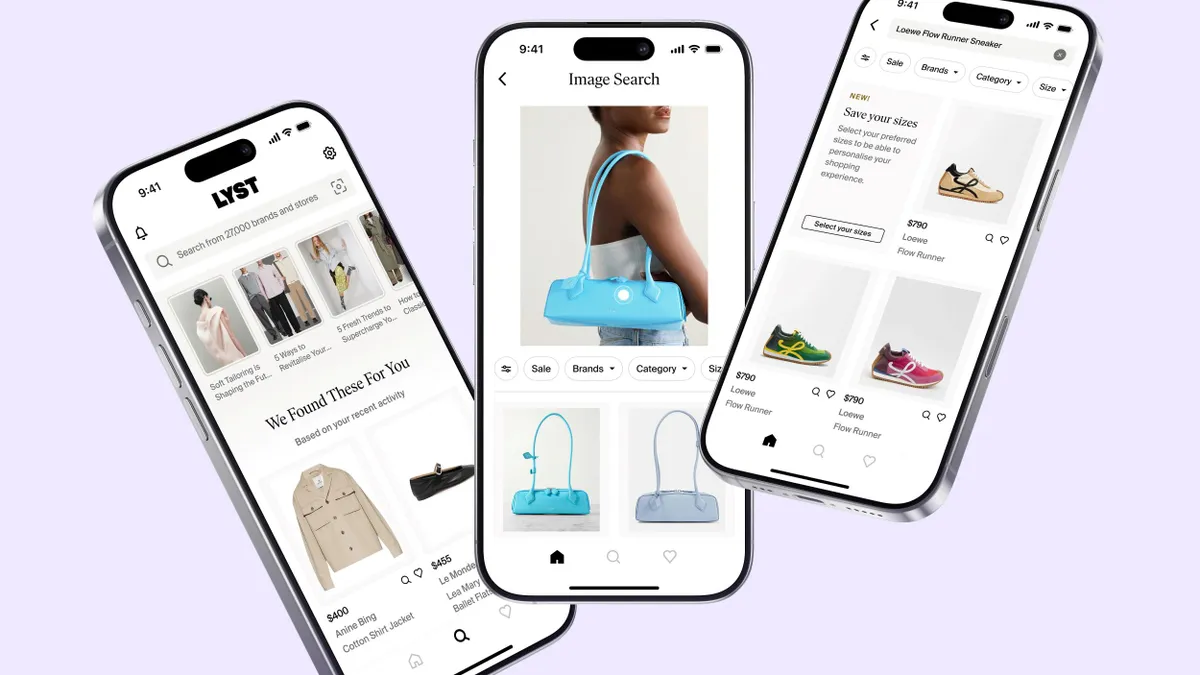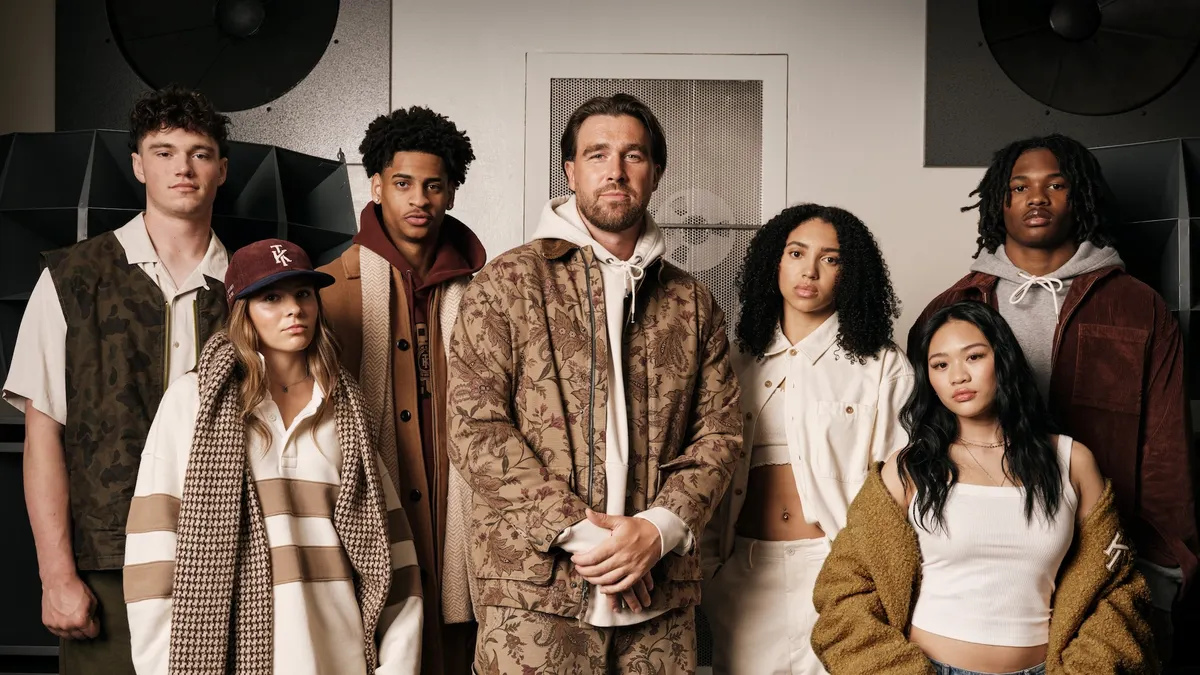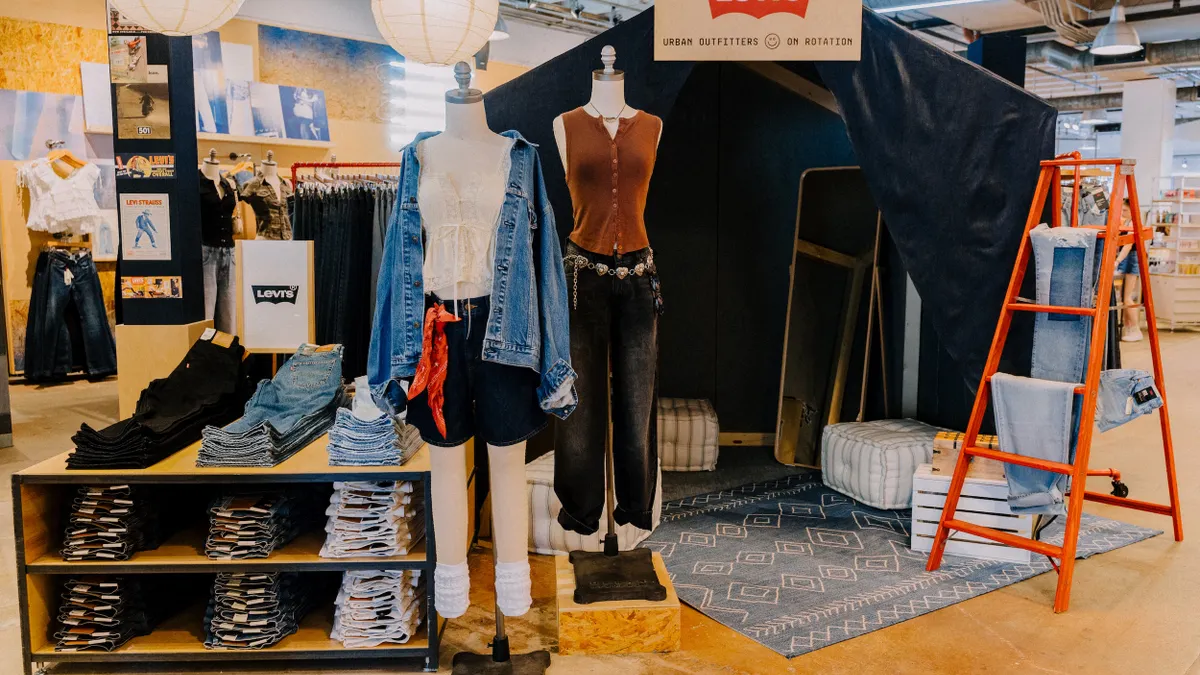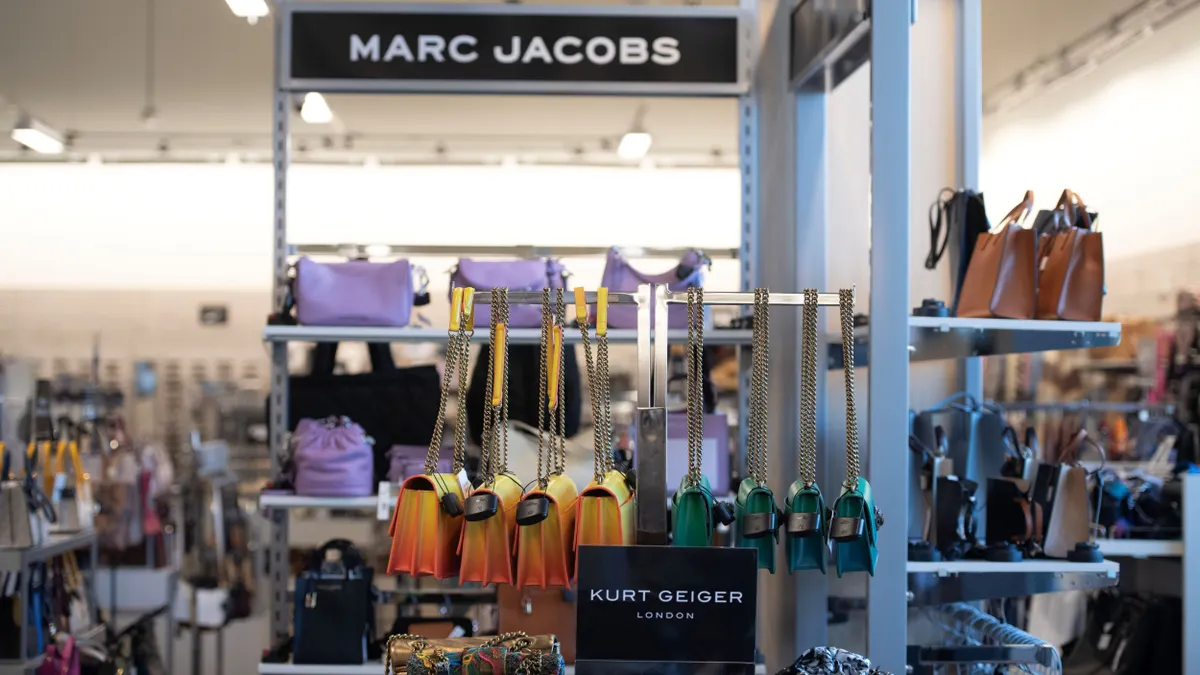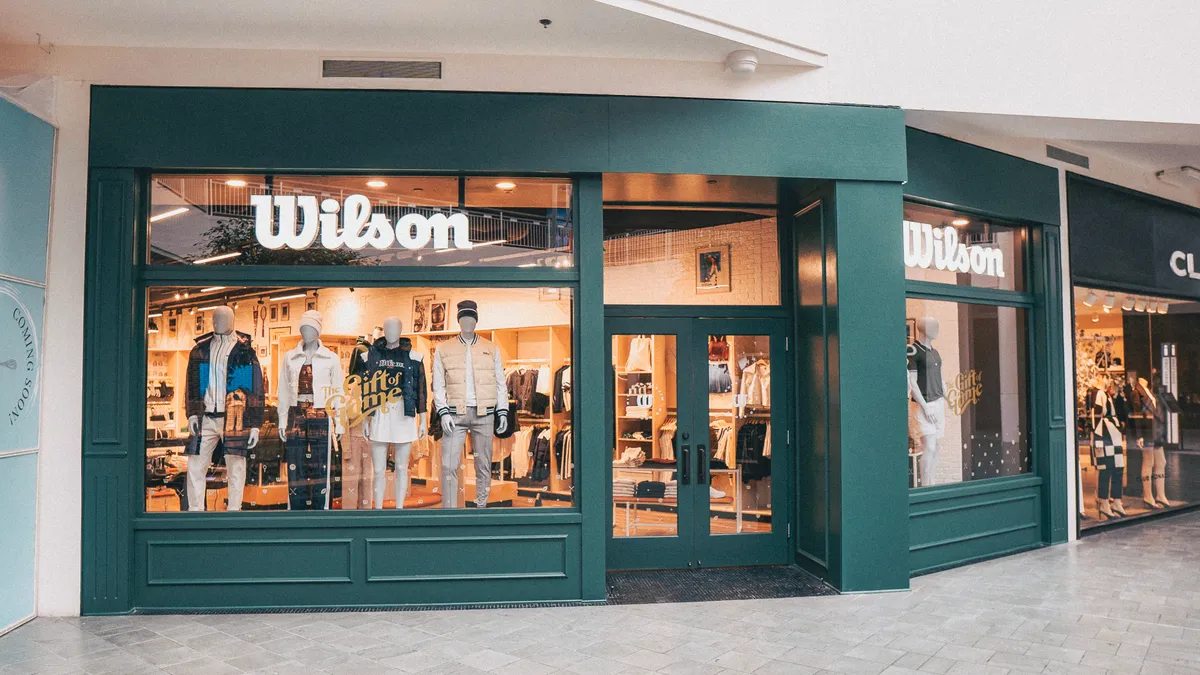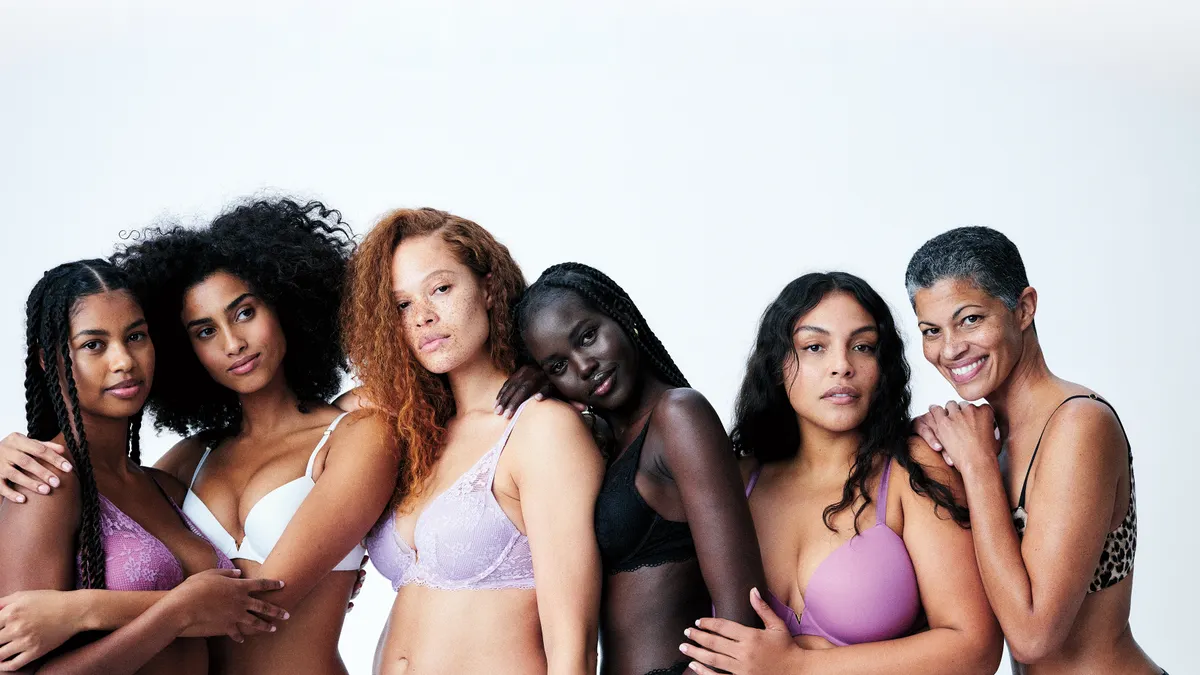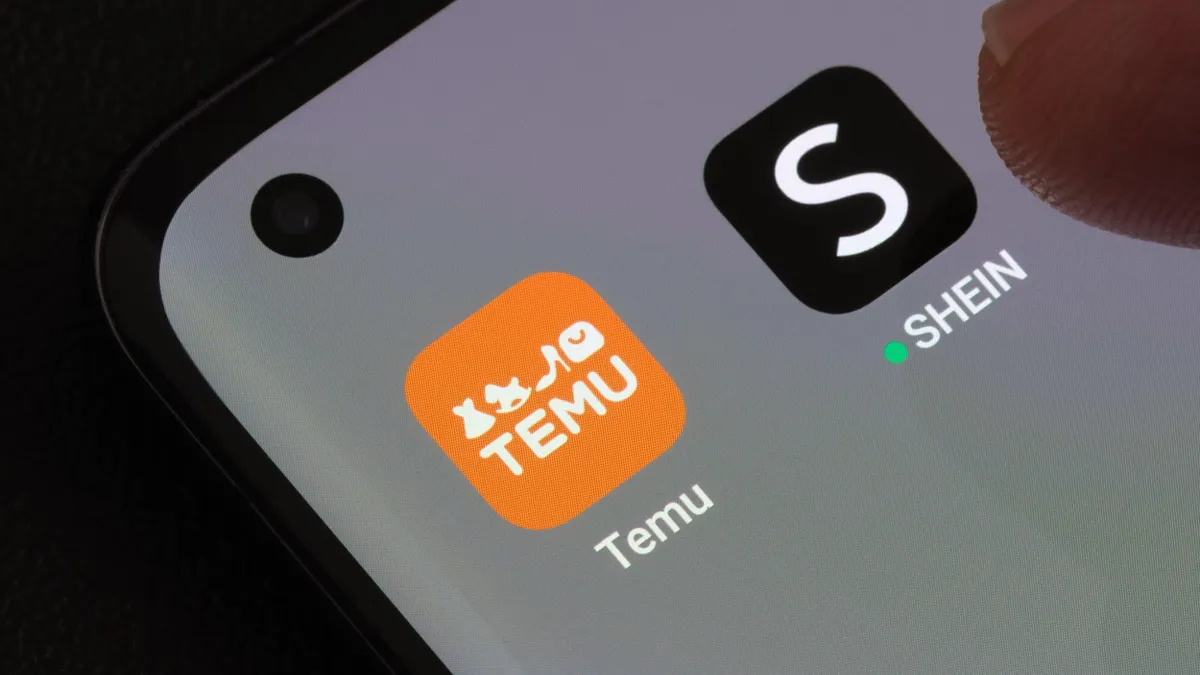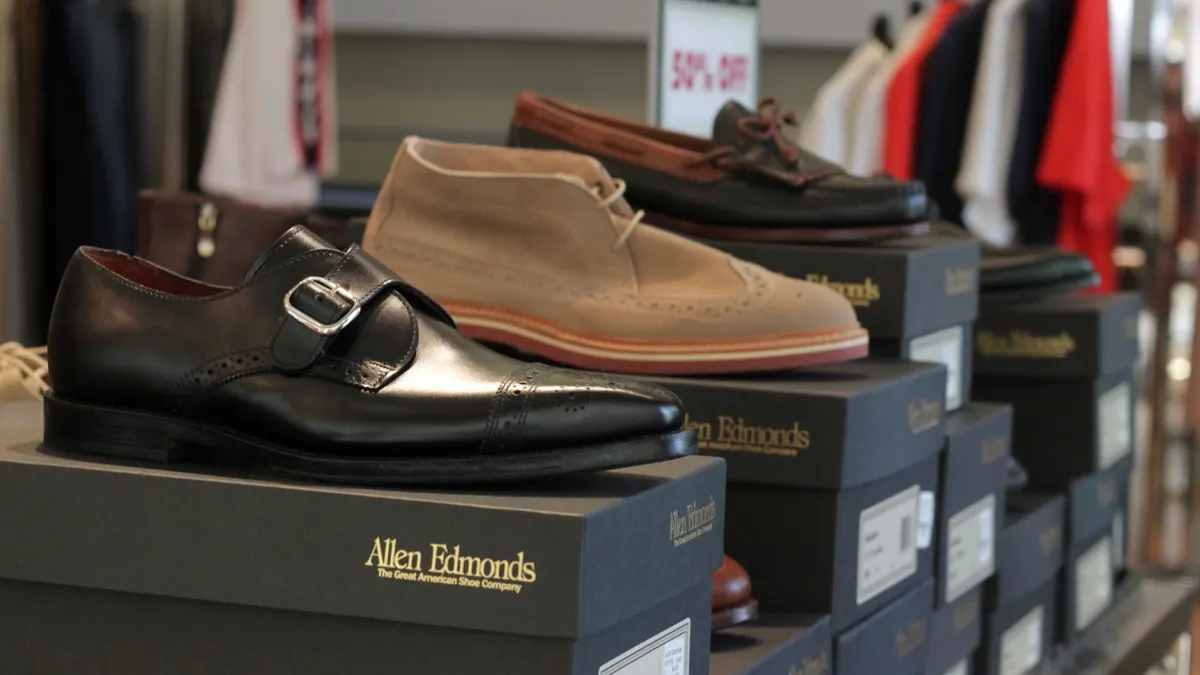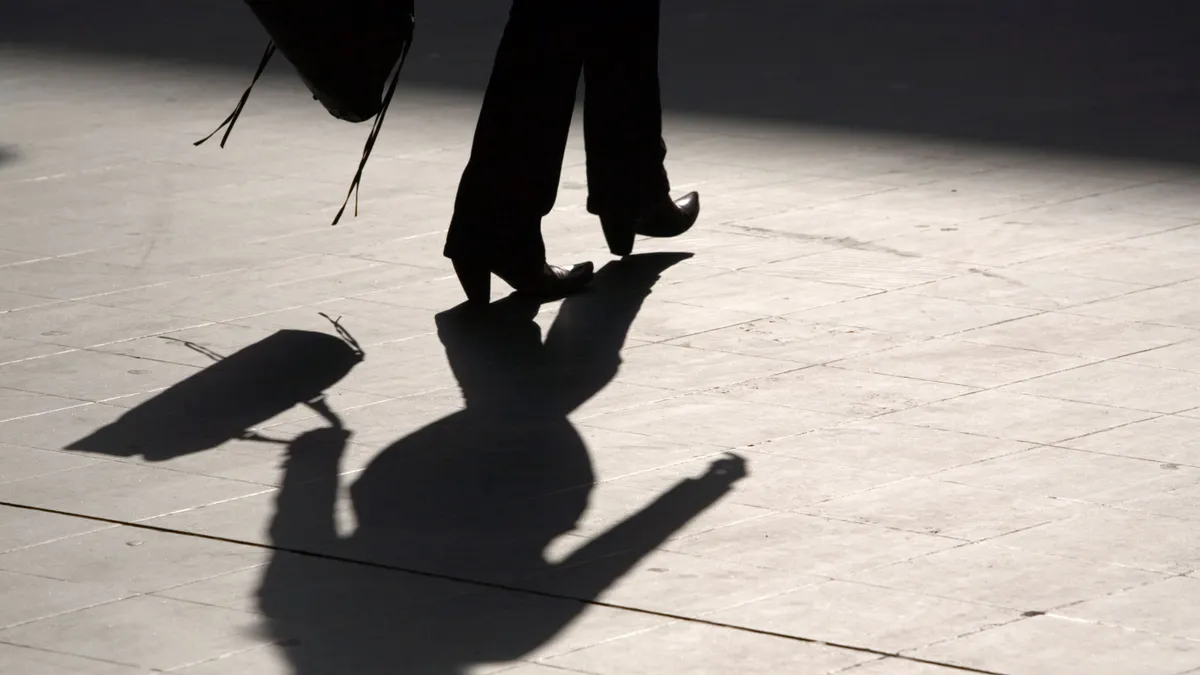It was 2013 when Adidas first struck its deal with Kanye West and, at the time, the athletics giant was still within striking distance of rival Nike. Adidas made 14.2 billion euros that year (about $19 billion), a fair amount behind Nike’s $25 billion, but nowhere near the $20 billion gap that currently lies between the two.
Flash forward 10 years, and Adidas’ net sales have grown by less than $5 billion, the brand is projecting its first annual loss in three decades and its Yeezy partnership is dead, leaving Adidas with leftover inventory to sell and a promise to donate a significant amount of the proceeds to charity.
“I think the Kanye West thing was very much a right time, right place, right person situation, which eventually became very much a wrong person situation,” Wedbush analyst Tom Nikic said.
When Adidas decided to cut ties with the celebrity, who also goes by Ye, in October, it was after a string of antisemitic comments and a history of problematic behavior. Adidas’ fourth quarter revenue took a 600 million euro hit because of the decision and the retailer warned it could lose up to 1.2 billion euros in 2023 if it didn’t sell its remaining inventory.
“I've never really seen a situation like that where it's just so instantly contaminated,” Barbara Kahn, professor of marketing at the Wharton School at the University of Pennsylvania, said of the Yeezy inventory. “It is kind of unprecedented.”
The decision to sell some of the inventory came after months of debate, which included alternatives like burning the merchandise. Ultimately, CEO Bjørn Gulden — who just took the helm in January — said this was the preferred choice by employees, consumers and other stakeholders. And so far, early indications show the leftover product is selling well, despite everything. The Financial Times reported Adidas received orders worth more than $500 million for the first batch of Yeezy merchandise, exceeding forecasts and leaving some orders unfilled.
Even with a path forward for its tainted Yeezy merchandise, Adidas has the markings of a brand that has lost its way. A partnership with star singer Beyoncé broke down earlier this year after sales of the Ivy Park line fell more than 50% in 2022, according to The Wall Street Journal. The athleticwear brand finalized the sale of its Reebok brand in 2022 after years of underperformance. Adidas switched out chief executive Kasper Rorsted a few months early. And Adidas’ 2022 sales are lower than they were four years ago.
“[Lululemon’s] doing well, Nike’s doing well — so it's not the category,” Kahn said. “The fact that they're having problems is not the category.”
It was all going right for Adidas eight years ago. How did it all go wrong?
‘We've been waiting for Adi’s next big thing for a long time’
While Adidas has long held second place to sportswear behemoth Nike, the revenue gap between the two has accelerated in the past decade as Adidas’ sales growth slowed. Aside from 2021, which was a rebound year after the devastating impacts of COVID, Adidas hasn’t posted double-digit sales growth since 2017.
At the time, the athleticwear brand was on a hot streak, with sales growing 10% in 2015, 18% in 2016 and 16% in 2017 before slowing down meaningfully the following year. Those results marked the period when the Superstar, initially a basketball shoe and now a staple Adidas lifestyle sneaker, was hitting its stride in the United States.
Over the past decade, Nike has surged ahead of Adidas
“Superstar was just the No. 1 shoe in the United States, something that Adidas had never accomplished before,” Matt Powell, an adviser with retail consultancy Spurwink River, said of that timeframe. “They took massive share during that period of time when Superstar was really rocking. And then when Superstar played out, they gave up a lot of that share again.”
Adidas had other good things going for it during that period of time as well, according to Nikic. The Stan Smith was performing well, and the Ultraboost came out, both of which helped drive Adidas’ sales surge.
“It's been a long time since the Ultraboost came out — and there hasn't been much to point to, to say like, ‘OK, yeah, this seems like the next big thing for Adi,’” Nikic said. “We've been waiting for Adi’s next big thing for a long time. And that's kind of what they need. They need to identify what's going to drive brand heat and drive people to walk into a Foot Locker store or a Dick's Sporting Goods store and walk out with a pair of Adidas sneakers instead of walking out with a pair of Nike’s.”
It’s also impossible to talk about Adidas’ growth spurt without talking about Yeezy. On an earnings call at the beginning of 2016, then-CEO Herbert Hainer touted the company’s “unrivaled presence in the lifestyle arena, with all of the Yeezy Boost iterations writing one success story after another.”
A Seeking Alpha transcript of the call shows that the executive called out the Yeezy Boost 350 sneaker in particular, which won Footwear News’ award for shoe of the year. “No question that the collaboration with Kanye West has significantly elevated the perception of our brand, not only, but particularly in the U.S.,” Hainer said.
Indeed, the magnitude of Adidas’ partnership with West is rivaled by few others in sports retail. Puma, which signed Rihanna in 2014, and recently announced a new collaboration with the hit artist, saw “a clear lift” to its business when she joined the company, Powell said. But the impact of her departure was nowhere near that of West’s from Adidas.
“If you could go in a time machine and ask the people at Adidas … ‘How big do you think Yeezy can become?’ my guess would be that they didn't think it would be anywhere near as big of a brand as it ended up being,” Nikic said. “It's pretty much unprecedented. The only other collaboration you can even think of that's on this scale is Michael Jordan. The Jordan Brand is bigger than Yeezy was, but … these kinds of collaborations, they don't generate this level of buzz and hype and even just sales volume and profit. Really, there aren't other historical examples you can even point to.”
‘If you don't have the broader consumer, then you don't have the business’
The end of the Yeezy partnership may be the most obvious signal that all is not well at Adidas. The athleticwear brand tied itself to a celebrity that was “giving tons of signals that he’s not a stable personality,” as Kahn put it, and the brand likely placed too much of a bet on the partnership to begin with. Unlike some other brand ambassador scandals, this one was not easy to ignore.
Tim Derdenger, an associate professor of marketing and strategy at Carnegie Mellon University, has studied the impacts of brand ambassador partnerships on retailers. In a study on the Tiger Woods’ infidelity scandal and its impact on sales of Nike golf balls, Derdenger found that Woods’ prestige effect on customers was eroded “quite substantially” in the immediate aftermath of the scandal. But, while customers shied away from Woods as a personality, they were still drawn in by his athletic prowess — his “signaling effect” — as one of the best golf players in the world.
"It’s a big country and people are way too focused on these little tiny things that happen in Brooklyn and think that that's somehow impacting the world and it's not.”

Matt Powell
Adviser with Spurwink River
“Having the No. 1 player in the world play with your golf ball, your equipment, wear your clothes, was still valuable to Nike,” Derdenger said, even with the impacts of the scandal. The same is not true for what happened with Yeezy. “We all know what Kanye has said. There's this impact from his behavior and his words that erodes the main component that Adidas is leveraging to drive sales … and unlike Tiger Woods, Kanye doesn't have a signaling effect.”
The same can’t be said for Adidas’ partnership with Beyoncé, one of the most well-known artists in modern times, and yet the Ivy Park line still reportedly underperformed Adidas’ expectations for it. Adidas did not respond to a request for comment on the reported end of its Beyoncé partnership and the performance of Ivy Park.
“There's no scandal, it’s Beyoncé: She brings the cache, she has that prestige, people want to buy her things,” Derdenger said. “The only thing that I can explain is that demand is not there. And then the next question is, why isn’t demand there? And it's not because Beyoncé has done something like Kanye. Perhaps it's because the market fit with the apparel just isn't there for the consumer segment that Ivy Park and Adidas are trying to attract.”
In Powell’s opinion, Adidas’ marketing strategy is also far too heavily skewed toward collaborations. The athletics giant releases “unbelievable numbers of collaborations” that get broad social media attention and sell out in minutes, but are typically small batch in nature. And without effectively commercializing its collaborations for a broader audience, Adidas is wasting time and resources on relatively low sales numbers.
“It takes as much energy to develop and build a 5,000-pair collaboration as it does to build a 500,000-pair [collaboration]. If all of your energy is put into building small collaborations and not on fixing the big product engine, you're going to be in trouble,” Powell said. “If you don't have the broader consumer, then you don't have the business. It’s a big country and people are way too focused on these little tiny things that happen in Brooklyn and think that that's somehow impacting the world and it's not.”
In an interview with Gulden in Adidas’ 2022 annual report, the executive touted the retailer’s collaborations with companies like Gucci and Prada, but said the company doesn’t celebrate its collaborations enough.
“I’m sure that if we get some time, we can — and will — turn this into a very successful formula,” Gulden said. “Again, we just need to work a little bit more on the basics.”
Another problem may be that the company’s strategy is too Eurocentric. Adidas has a strong roster of soccer players, which is helpful globally, but in the U.S., basketball is more important. And rival Nike has a “stranglehold” on basketball, as Nikic describes it. A weaker presence in U.S. sports contributes to an almost $12 billion difference between Adidas and Nike’s North American sales.
Nike made nearly three times more than Adidas in North America last year
While Nike makes more in revenue than Adidas in every geography, North America represents by far the largest gap between the two. The $12 billion difference in that region is more than that of every other region combined. It also makes up more than half of the total revenue gap between Nike and Adidas.
“They've always approached the U.S. market with a very European-centric point of view,” Powell said as an explanation for why Adidas has struggled in North America.
He added that the company’s U.S. wholesale partners for years have continued to “plead with Europe to give them more products that were really designed and built for the U.S. market and not for the European market. It may sound like a subtle difference, but they're actually pretty massive.”
Gulden may already be tackling that challenge, and more, as he takes the helm at Adidas. But is the worst over yet?
‘You can’t replace Yeezy’
Gulden has set the expectations low for 2023, emphasizing that it will be a transition year, and he acknowledges that Adidas isn’t “performing the way we should.” Top of mind for observers is whether this will be the year Adidas ends its downward trajectory.
“You could make the argument that now the deck has been cleared, right?” Nikic said. “Reebok was a problem child for a really, really long time — and now it's not their problem anymore. Kanye West was great for them for a long time and then he became a problem — and now he's not a problem.”
Rorsted, Adidas’ former CEO, has also been replaced, ending a string of years that focused more on operations than product development. Adidas is to blame for some of its own troubles, including merchandise that hasn’t hit the mark.
Gulden joins from Puma, where he led the brand in developing compelling merchandise and snagging high-profile brand ambassadors, and he has previous experience at Adidas. With that type of leader at the helm, Adidas could start reversing those trends, analysts said, and maybe start growing again.
As it is, the athleticwear brand has stalled. Even considering the sale of Reebok, which took about $2 billion off of Adidas’ net sales, the brand is underperforming others in the industry.
“Ultimately, during a period of time where you've seen massive growth from Nike and Lululemon — and then some of the smaller players in the space like Hoka and On Running — seeing [Adidas’ revenue] essentially flat over like a five- or six-year period is pretty wild to think about,” Nikic said. “It kind of shows you that they've been off their game.”
Adidas' revenue in 2022 was essentially flat to 2017
Getting back on track might require a departure from Adidas’ more fashion-focused positioning and a return to its core: selling athletic products. Nikic noted that in some regions, like China, Adidas’ brand positioning is such that customers will buy its clothing for everyday wear and then turn to its rivals when they’re looking to work out. That perception isn’t ideal for a global sports brand, and it also exposes Adidas to the vagaries of being a fashion brand, Kahn noted.
In China in particular, Adidas is up against local brands that are gaining steam amid heavy anti-Western sentiment, Powell said. Fixing its image — and sales — in that region could be key to growth. Gulden seems to be aware of the brand’s regional challenges, and the importance of turning those trends around. He said in the retailer’s annual report that the company plans to bring a “local focus” to each region rather than relying only on global products and celebrities.
“The needs in China might be different to those in Germany or in North America. This local focus of giving the consumer what they want has to be top of mind,” Gulden said. “Saying that, as our home market, we should be [the] market leader in Europe. We also know that if you’re not successful in North America, you’re not really a global brand. China has been a growth driver for us. Because of the pandemic and other challenges, however, we’re not where we used to be.”
If Gulden is able to give more autonomy to Adidas’ operating regions, specifically the U.S., Powell believes the company could start turning things around by 2025.
As to replacing Yeezy: “You can't replace Yeezy,” Powell said. “There's no way to do that kind of business out there with any other celebrity.”
Signing star athletes to lend the Adidas brand credibility is still important, but it won’t make up the difference of that brand ambassadorship. Banking on pop culture influences, like the retailer’s recent launch of a brand new line with “Wednesday” star Jenna Ortega, is a riskier strategy.
“It's obviously high risk, high reward because you're betting a lot on the flavor of the month,” Kahn said. “Historically, brands have tied themselves to the celebrity of the moment frequently … so that's not unusual.” Putting the actress at the center of the company’s first new line in 50 years, though, is “a little surprising,” she said.
Perhaps more importantly, though, the implosion of the Yeezy partnership is giving Adidas a unique opportunity. Despite the near-term pain, Adidas has a chance to reconsider what it stands for as a brand, where its values lie and where it wants to go next.
“If they think about it as an inconvenience, I think they're losing a branding opportunity,” Kahn said.



